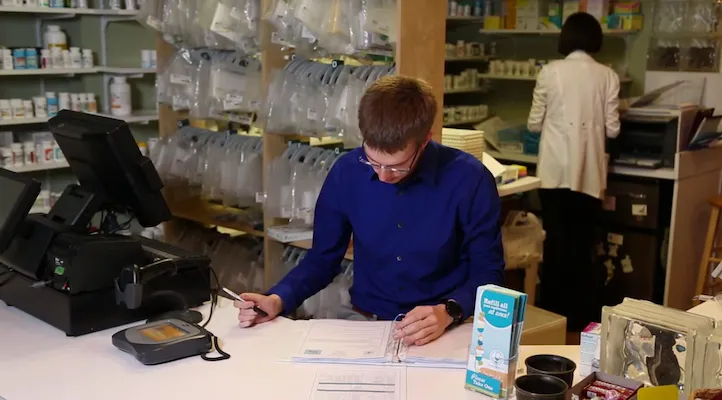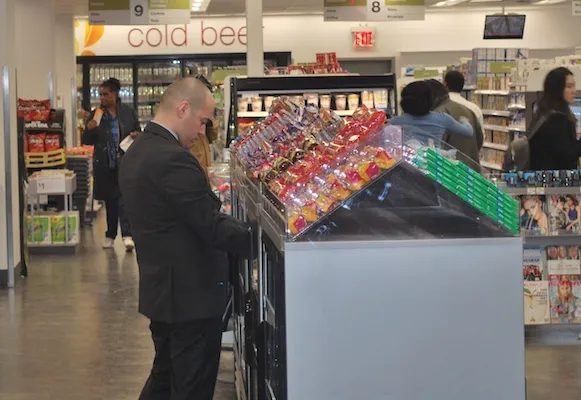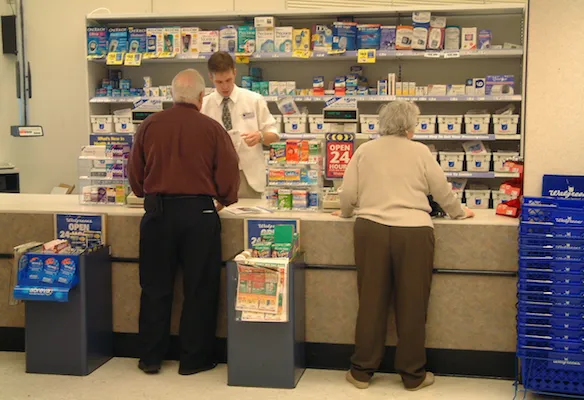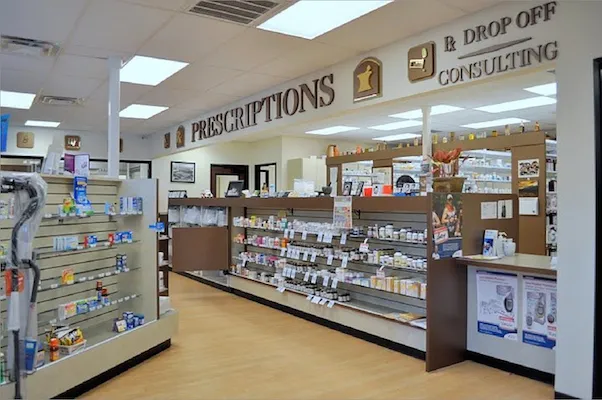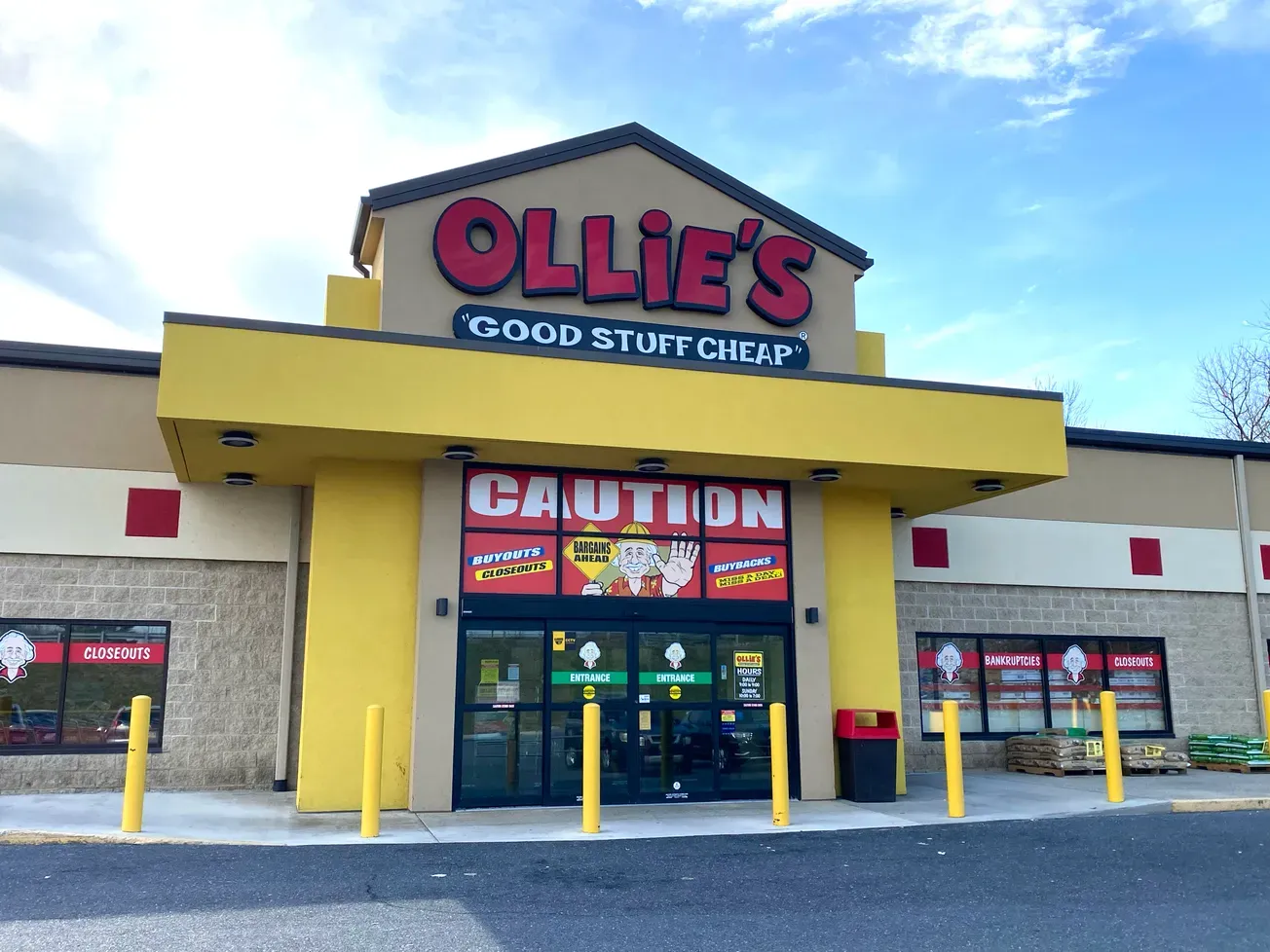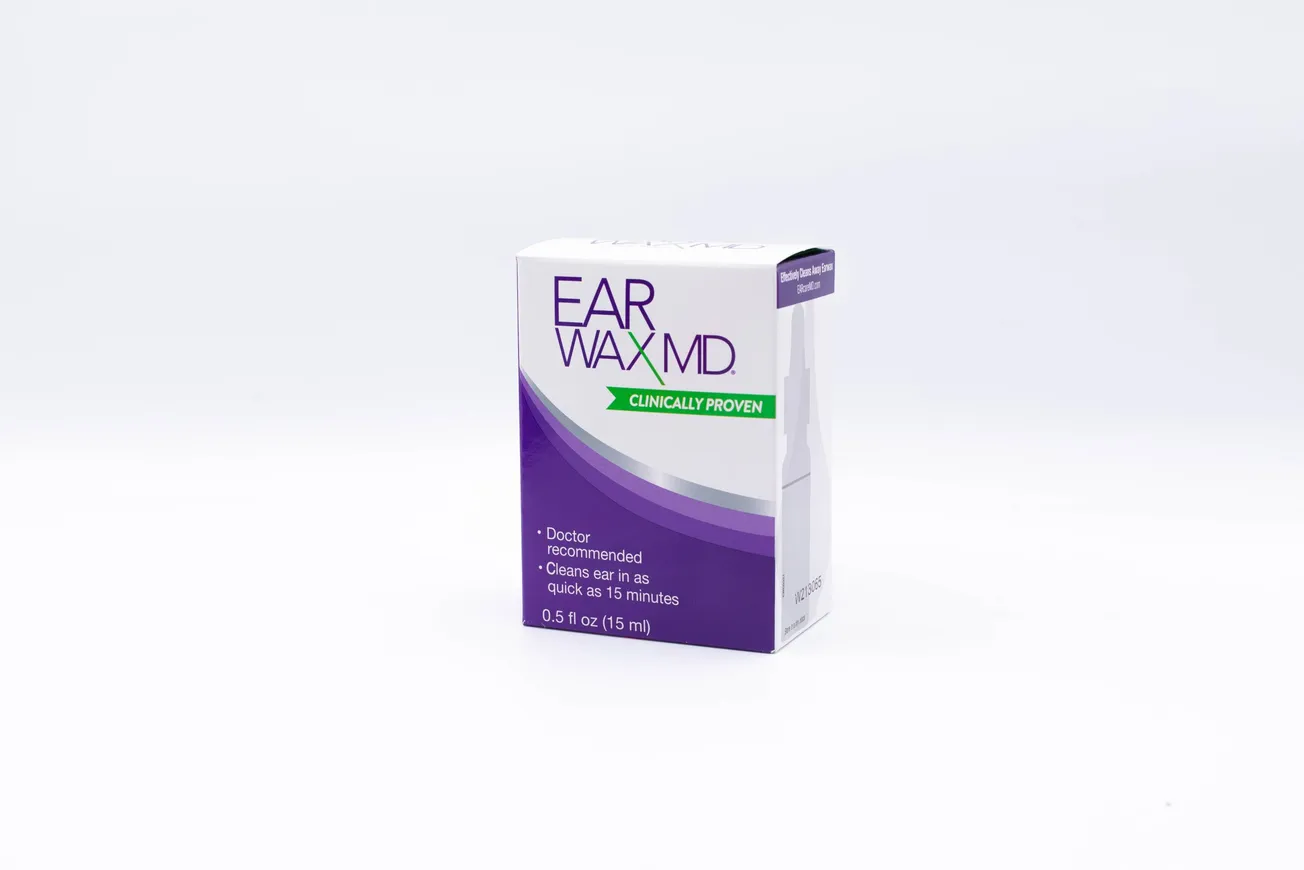Medication synchronization programs offer patients far more than convenience and pharmacies much more than increased efficiency. Just ask the National Community Pharmacists Association.
An analysis of five pharmacy case studies conducted for NCPA show that the adoption of technology-driven med sync programs by community pharmacies improved patient medication adherence, increased revenue streams and overall improvement in business optimization for pharmacies,.
In two NCPA studies, pharmacies used Ateb Inc.’s Time My Meds to identify patients for enrollment and manage the daily operations of a med sync program. Data collected from these studies showed the following: pharmacies achieved a nearly 91% proportion of days covered (PDC) score for medications of patients enrolled in the program (versus PDC score of 72% for patients assigned to a control group); average days on therapy (ADT), a measure of medication persistence, was much higher in the intervention group, averaging about 20 additional fills per patient per year; patient disenrollment from the program resulted in recidivism, yielding a 63-day reduction in average days on therapy; and the use of automation led to a 35% higher enrollment rate than manual med sync programs.
“We received compelling evidence from these studies that a personalized, automated medication synchronization service delivered by community pharmacies is impactful, scalable and able to be replicated in any community pharmacy,” explained NCPA CEO B. Douglas Hoey. “The results also confirmed community pharmacists are ideally positioned to counsel patients and ensure they take medications as prescribed and understand their importance to better health. With the increased focus on measuring the quality of health care through initiatives like the Medicare Star Ratings, medication synchronization offers an excellent opportunity for pharmacies to achieve higher adherence scores.”
The case study analysis and pharmacy owner interviews, conducted by David Holdford of Virginia Commonwealth University, also showed that by using the automated med sync solution pharmacies were able to boost prescription sales, enhance the efficiency of pharmacy workflow and operations, achieve smarter purchasing and better timing of deliveries, and increase patient satisfaction.
“These studies demonstrate the tremendous impact that community pharmacies can have on improving patient adherence and healthier outcomes,” stated Frank Sheppard, president and CEO of Ateb. “We are proud to work with NCPA to measurably demonstrate the effectiveness of medication synchronization.”
According to NCPA, estimates indicate that more than 10,000 community pharmacies are providing medication synchronization services, including NCPA’s Simplify My Meds program, used by more than 2,400 independent pharmacies nationwide. Check out NCPA’s YouTube page for its video series on implementing medication synchronization.

